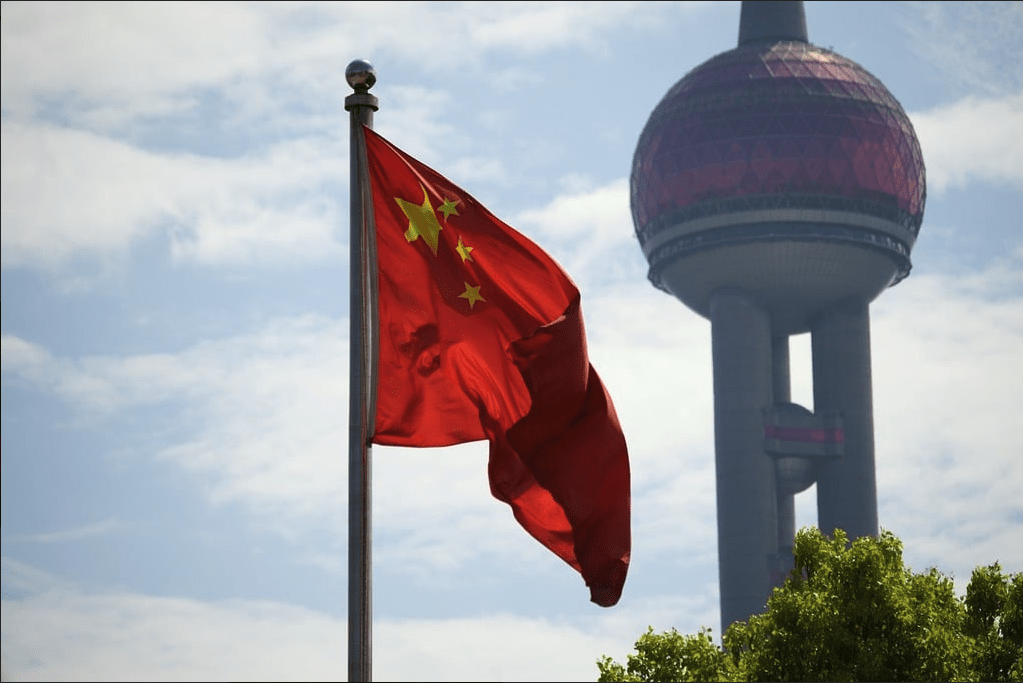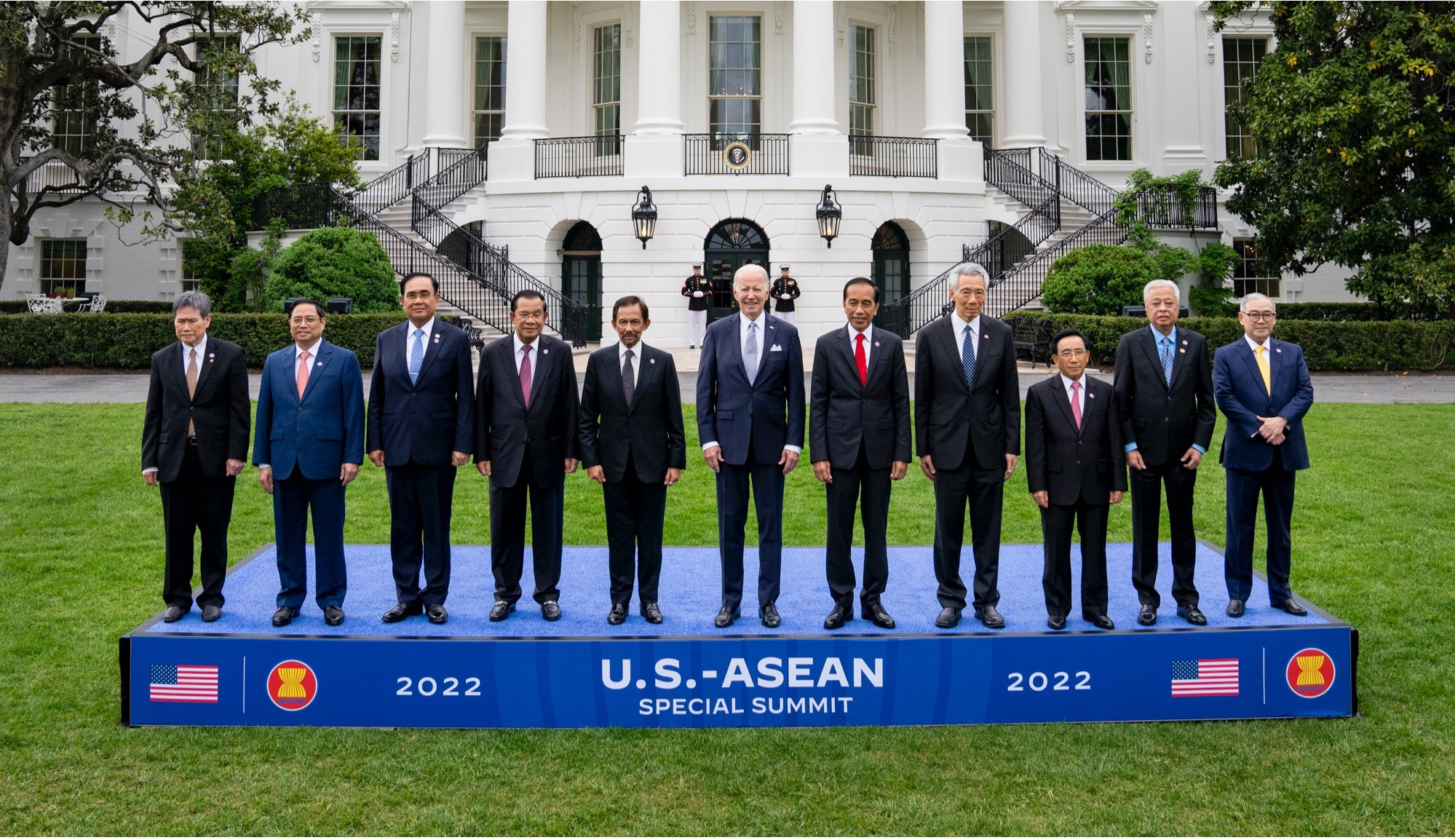Managing Multiple Multipolarities: Evolving interstate relations in the Asia-Pacific
Read and print the full report.
Executive Summary
The international system will be neither unipolar nor bipolar in the foreseeable future. Nowhere is this fact truer than in the Asia-Pacific. While the United States would, of course, remain central to world affairs given its military, economic, and technological preponderance, it is unlikely to have the same desire or the capacity to be the singular pole with the strongest footprint in every regional theatre. The vacuum created by a relatively reduced American role is likely to be filled by China to some extent. It certainly has the ambition and the financial capability to step up its game. Through mostly economic bilateral and multilateral arrangements, China is increasing its presence across the world, and the subregions of the Asia-Pacific in particular. Meanwhile, several other regional countries are also rising to prominence, making the contemporary international order multipolar.
Every pole or contender to that position, however, visualises different benefits of multipolarity. This report is an attempt at understanding the multiple views of multipolarity in three important players in the Asia-Pacific – China, India, and Indonesia. These three countries have been chosen for their demographic, geographical, economic, military, and political clout, as well as their potential to exert major influence on the region and the global order.
While the United States sees it as a way of unburdening itself of its financial commitments to the security of European and Asian allies, China sees it as an opportunity to position itself (together with Russia) as “stabilizing forces in a complex and turbulent world,” stabilizing forces in a complex and turbulent world,” to enhance its global standing and counterbalance US containment. In fact, by framing multipolarity in language of interdependence, autonomy and mutual respect, China seeks to create solidarity with the countries of the Global South, who support multipolarity because they want to ensure that no single superpower dominates the international discourse and their interests are not marginalised by the more powerful. India envisages multipolarity as a condition that can allow nations to operate in multiple contexts and multiple spaces.
It offers them freedom of choice and a flexibility in the pursuit of their multi-faceted interests which was not available in the binary world of the Cold War era. Such a conceptualisation of multipolarity emanates from India’s own experience and search for strategic autonomy in a polarised world. As an individual player in Southeast Asia, and as a major member of ASEAN, Indonesia perceives itself as a country that can play a significant role in a multipolar world, even if it is not in itself a pole. Since its independence the country has shown a sharp streak to steer clear of falling into the lure of joining any bloc. Rather, it has aimed at maintaining its freedom of action and maximizing gains. A multipolar world, therefore, is seen as beneficial to reinforce its role as a bridge builder and thereby contribute to its own power and influence.
Divided into three sections, the report first explores multipolarity as understood by each country, explains why and how each of them is pursuing it, and how they believe it furthers their national interest. The second section then compares the three perspectives and highlights the challenges that competing visions of multipolarity pose. The final section evaluates the value of multipolarity for the United States and China and provides recommendations for their policymaking.
In this situation of multiple multipolarities, one vision of multipolarity cannot be expected to prevail. Inter-state relations are likely to operate like shifting sands based on convergence or divergence of interests. Consequently, states’ decisions will defy simple explanatory frameworks that seek to cast them as in a state of alignment with one power or another. A myriad of interests and priorities between states and within states will compete, clash, and produce unexpected constellations of cooperation and conflict. It is up to the would-be poles and bridge-builders of this emerging order to ensure more of the former, and less of the latter.
About the Authors
Dr. Manpreet Sethi is Acting Director and Senior Research Adviser at APLN and a Distinguished Fellow at the Centre for Air Power Studies, New Delhi, where she leads the project on nuclear security. She is an expert on a range of nuclear issues, having published over 120 papers in academic journals of repute. Over the last 25 years she has been researching and writing on subjects related to nuclear energy, strategy, non-proliferation, disarmament, arms and export controls, and BMD. Her current focus areas include nuclear security instruments (UNSCR 1540, summits, treaties and laws, PSI, CSI, etc) and nuclear governance (regimes and architecture).
Fang Liu is a Policy Fellow at APLN and a graduate of Yonsei University’s Graduate School of International Studies with a Master’s degree in Global Affairs and Policy. She received her first Master’s degree in Transcultural Studies from Heidelberg University and her Bachelor’s degree in German Language and Literature from Sun Yat-sen University. Her research interests include Chinese politics and foreign policy, nuclear non-proliferation and disarmament, and East Asian history.
Elaine Natalie was a Policy Fellow at the Asia-Pacific Leadership Network (APLN) and a graduate of Seoul National University’s Graduate School of International Studies with a Master’s degree in International Cooperation. She received her Bachelor’s degree from Yonsei University’s Underwood International College, where she majored in International Studies and minored in Political Science and International Relations. Born and raised in Indonesia, Elaine is fluent in English and Indonesian. Her research interests include the humanitarian impacts of nuclear weapons, nuclear disarmament and non-proliferation treaties and regimes, and the intersection of existential threats in the Asia-Pacific region.
Disclaimer: The opinions articulated above represent the views of the author(s) and do not necessarily reflect the position of the Asia Pacific Leadership Network or any of its members. The APLN’s website is a source of authoritative research and analysis and serves as a platform for debate and discussion among our senior network members, experts and practitioners, as well as the next generation of policymakers, analysts and advocates. Comments and responses can be emailed to apln@apln.network.
Image: A rendered satellite image of China, India, and Indonesia (iStock).



